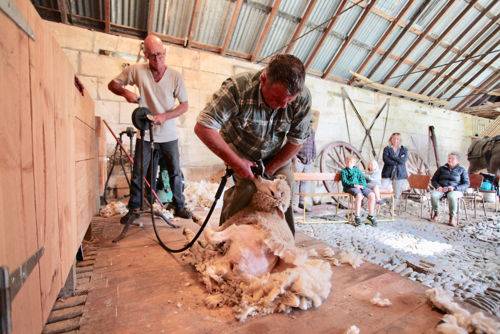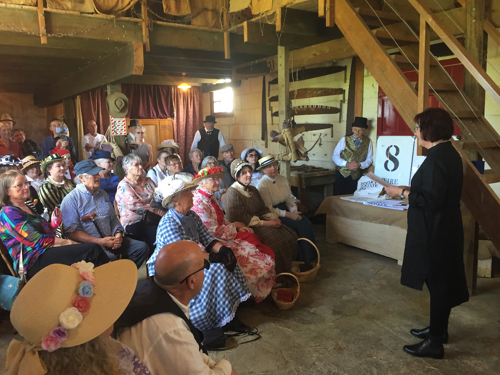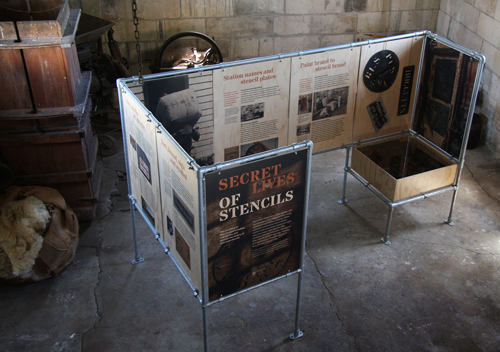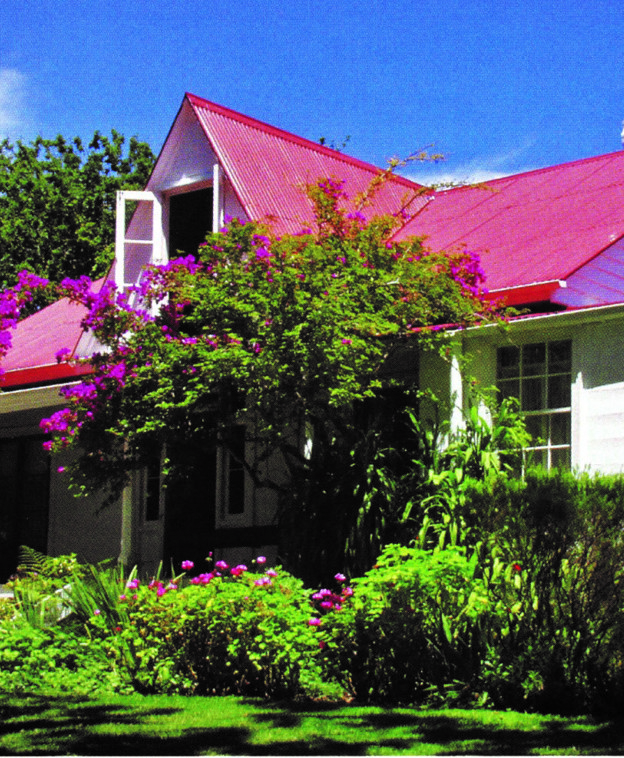The Secret Lives of Stencils exhibition now open at Totara Estate (Oamaru)
If you’ve ever visited an old woolshed on a farm, chances are you spotted an old stencil or two hanging up on the walls.
Stencils were used by farmers for over 150 years to mark bales of wool. All colonies exporting wool to London were required to stencil the name of the sheep station and details of the wool onto the fabric of bales. Each sheep station had their own stencil design so that the origin and contents could be clearly identified.

Image: Claudia Babirat
"Some of the stencils have varieties of breaks and letterforms, mixtures of italics, sans serifs and serifs and that's what makes them unique,” says Dr Annette O’Sullivan, senior lecturer in typography at Massey University in the College of Creative Arts. Dr O’Sullivan spent considerable time researching wool bale stencils, travelling to high country stations to meet farm owners who showed her the old wool bale stencils still kept in their woolsheds.
“Marks that were stencilled on wool bales represented the personal identity of the original owners, and were used in branding sheep stations.”

Image: Rosemary Baird
Collectively stencilled wool bales not only showcased New Zealand to the world, they were our first export brand championing our goods.
Stencilling on wool bales was discontinued towards the end of the last century with the introduction of new materials and processes, but today echoes of wool bale branding can still be seen in the marketing and branding of other New Zealand products.
The Secret Lives of Stencils, an exhibition of O’Sullivan’s research is now open at historic Totara Estate, located on Highway 1 just south of Oamaru, and runs until May 2021.

Image: Annette O'Sullivan




